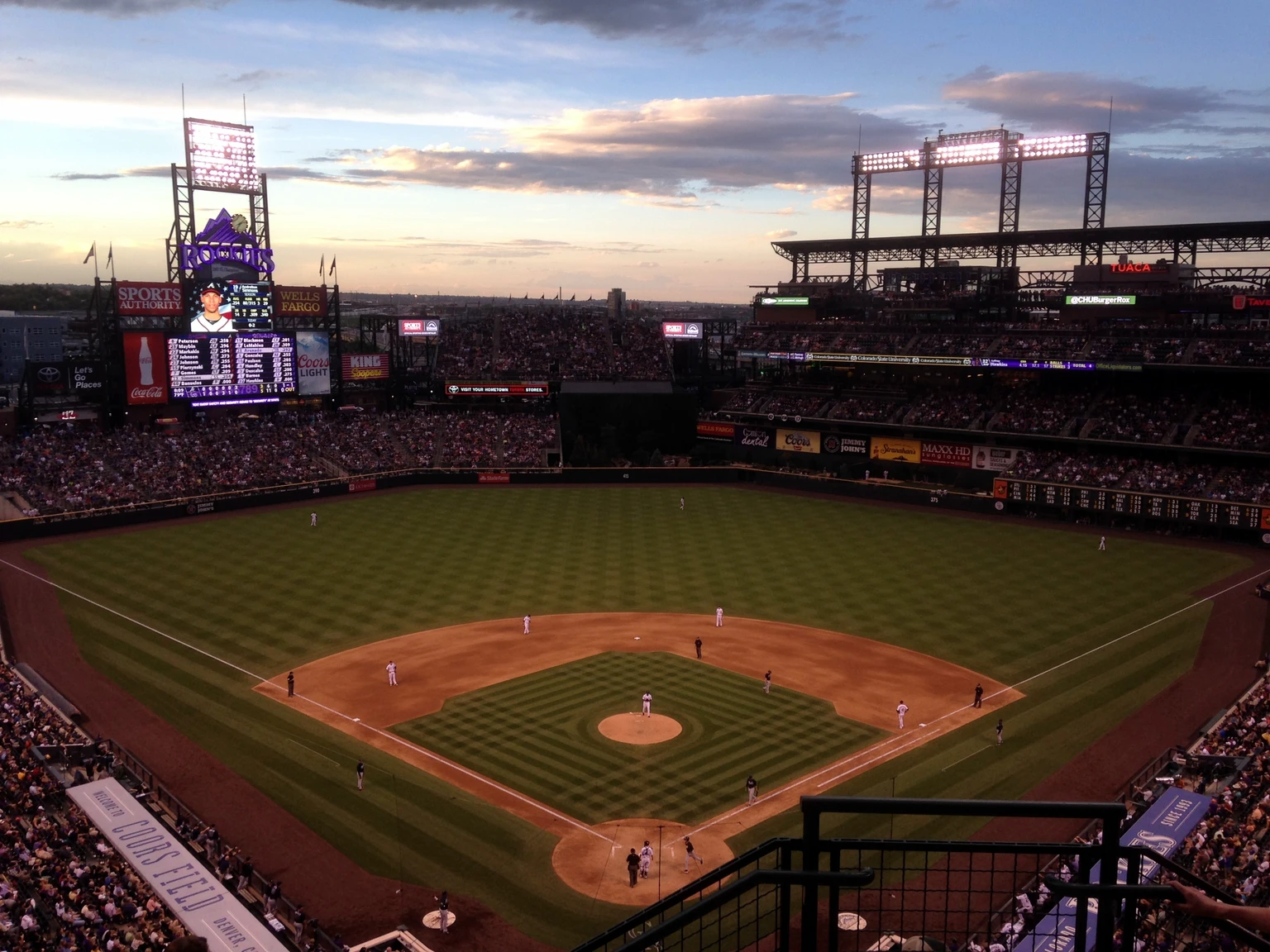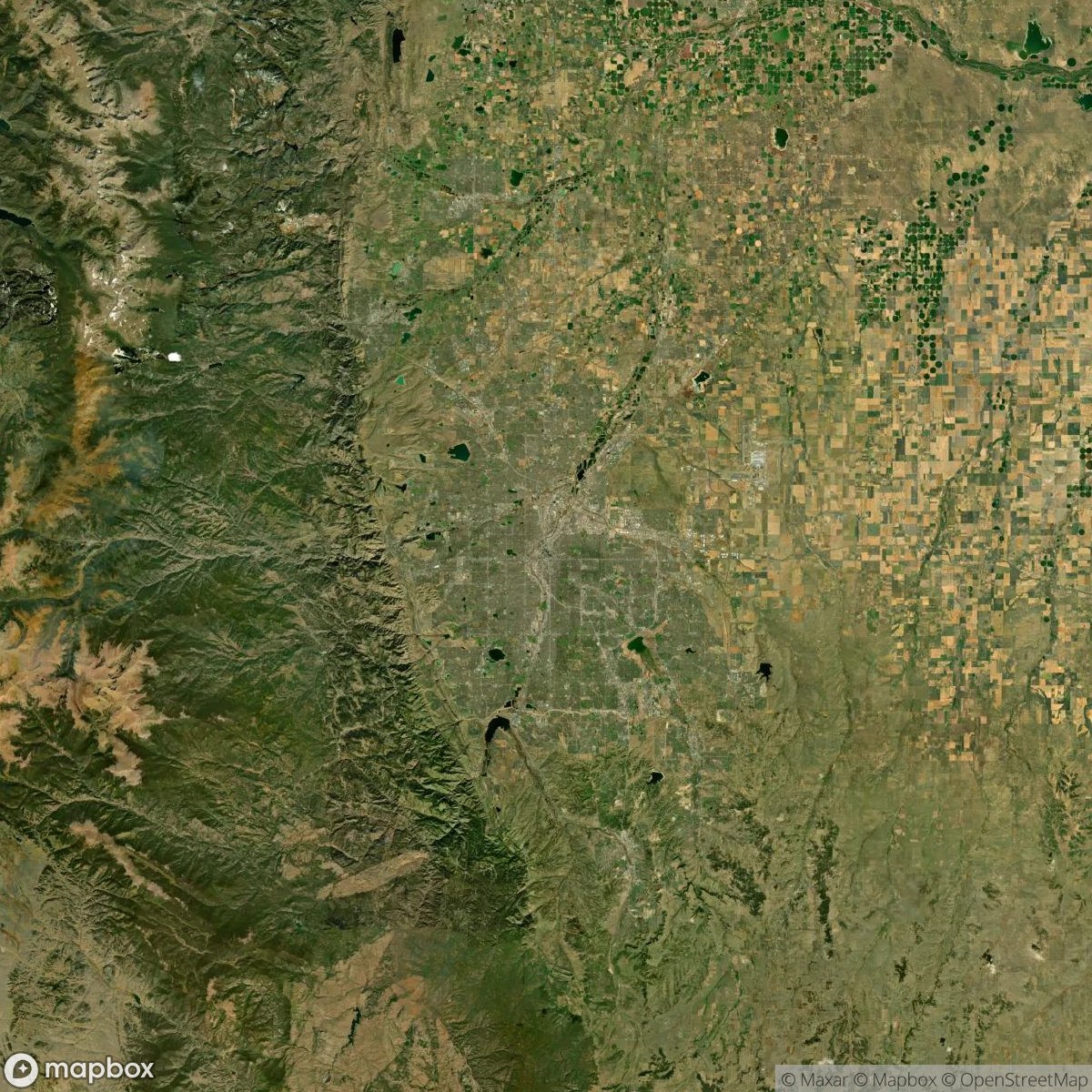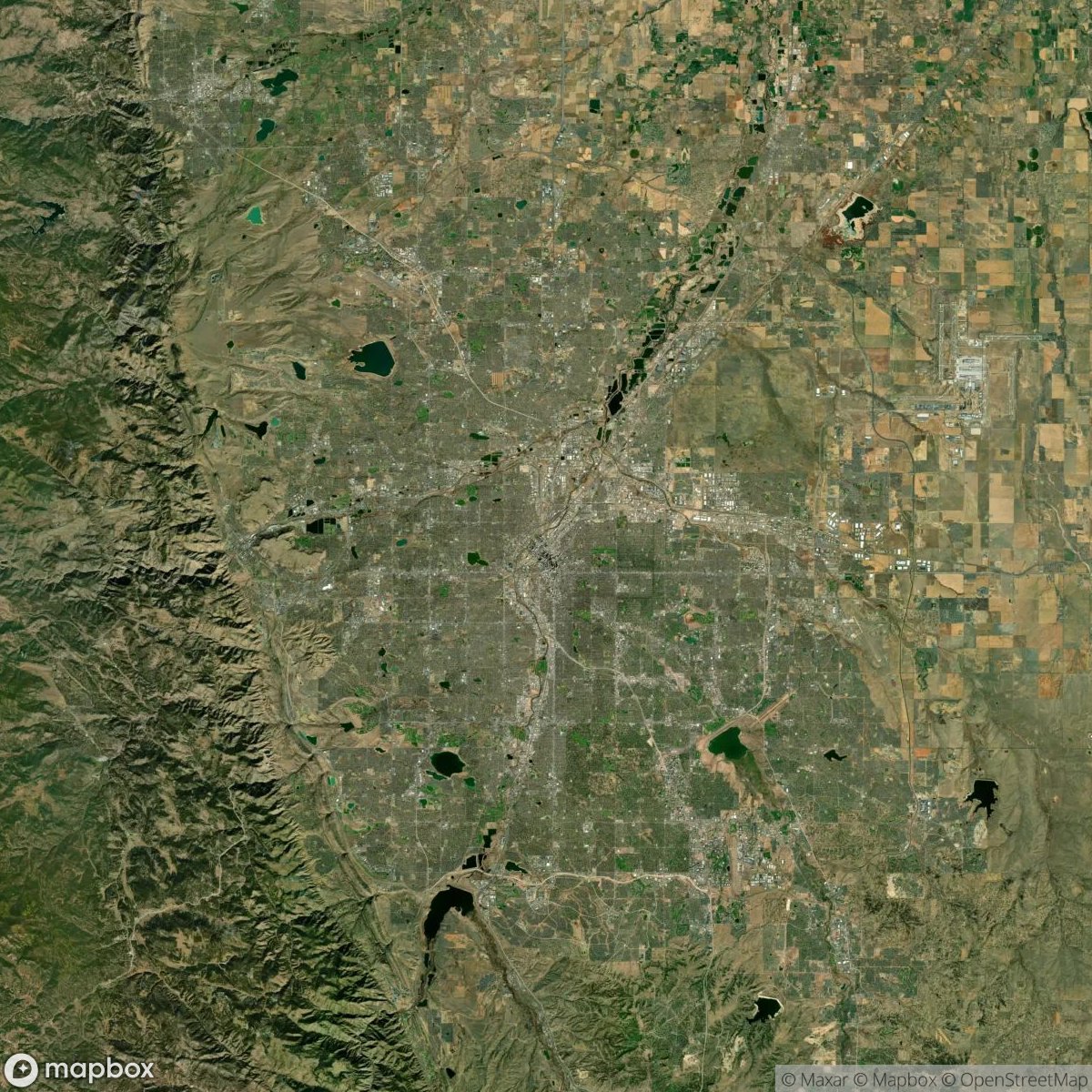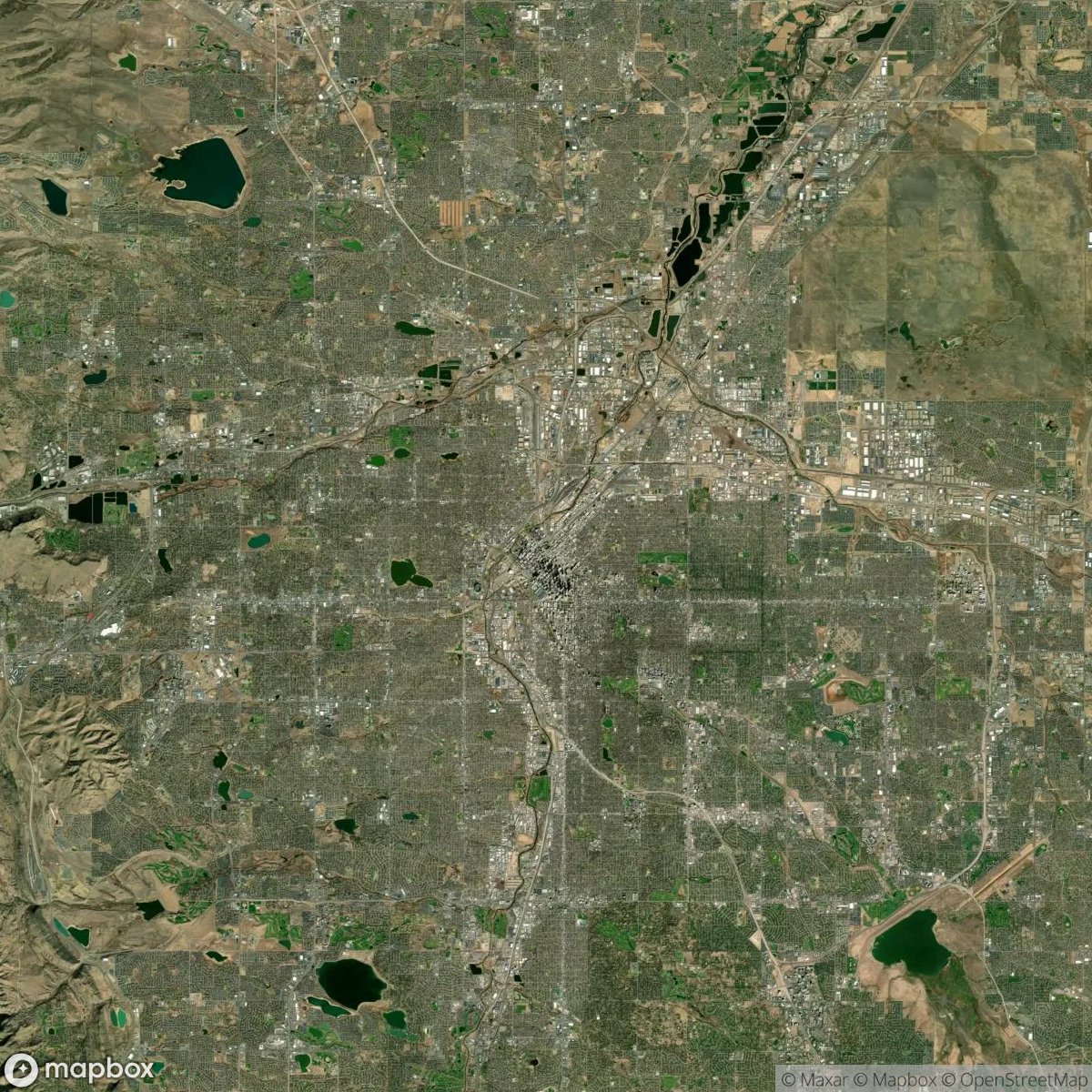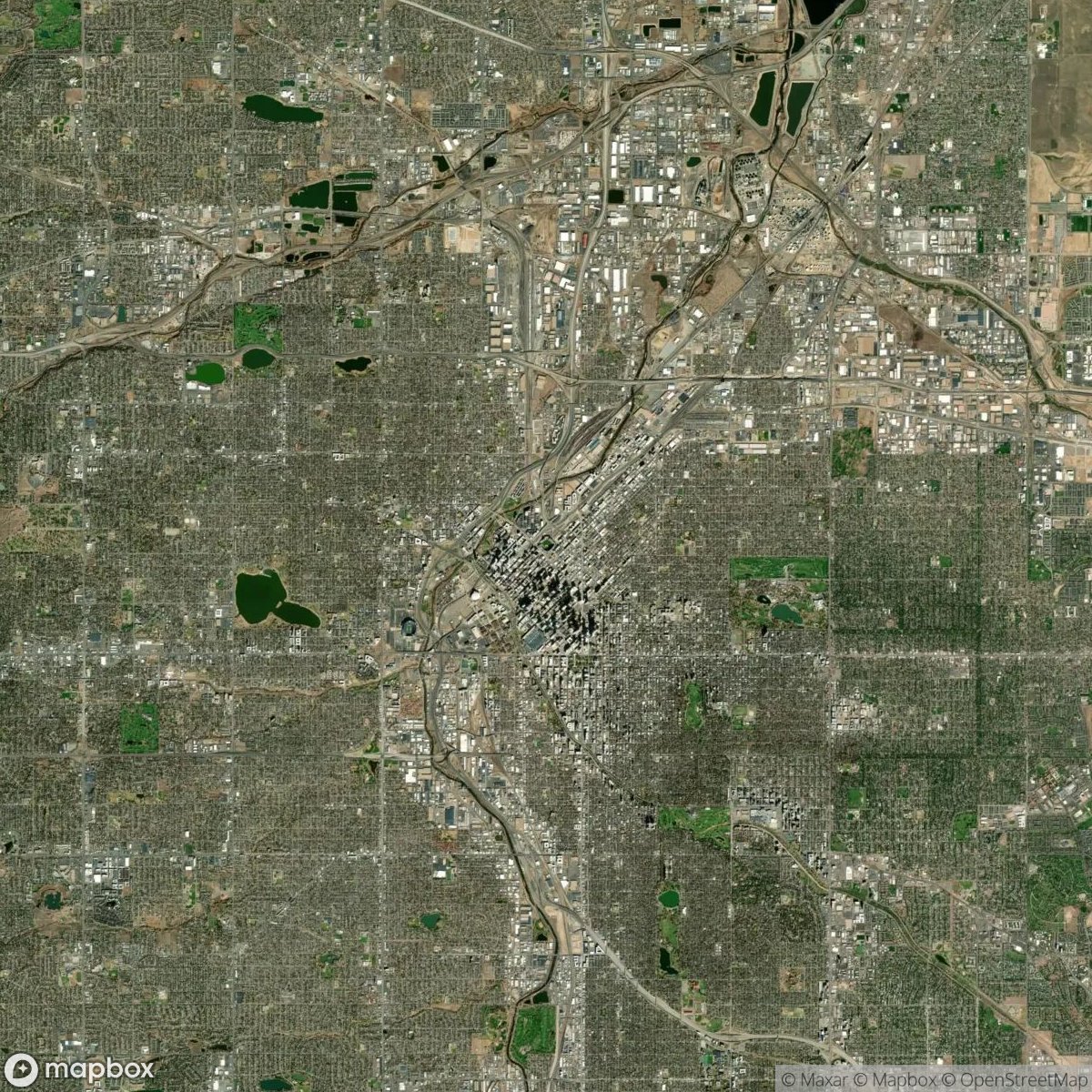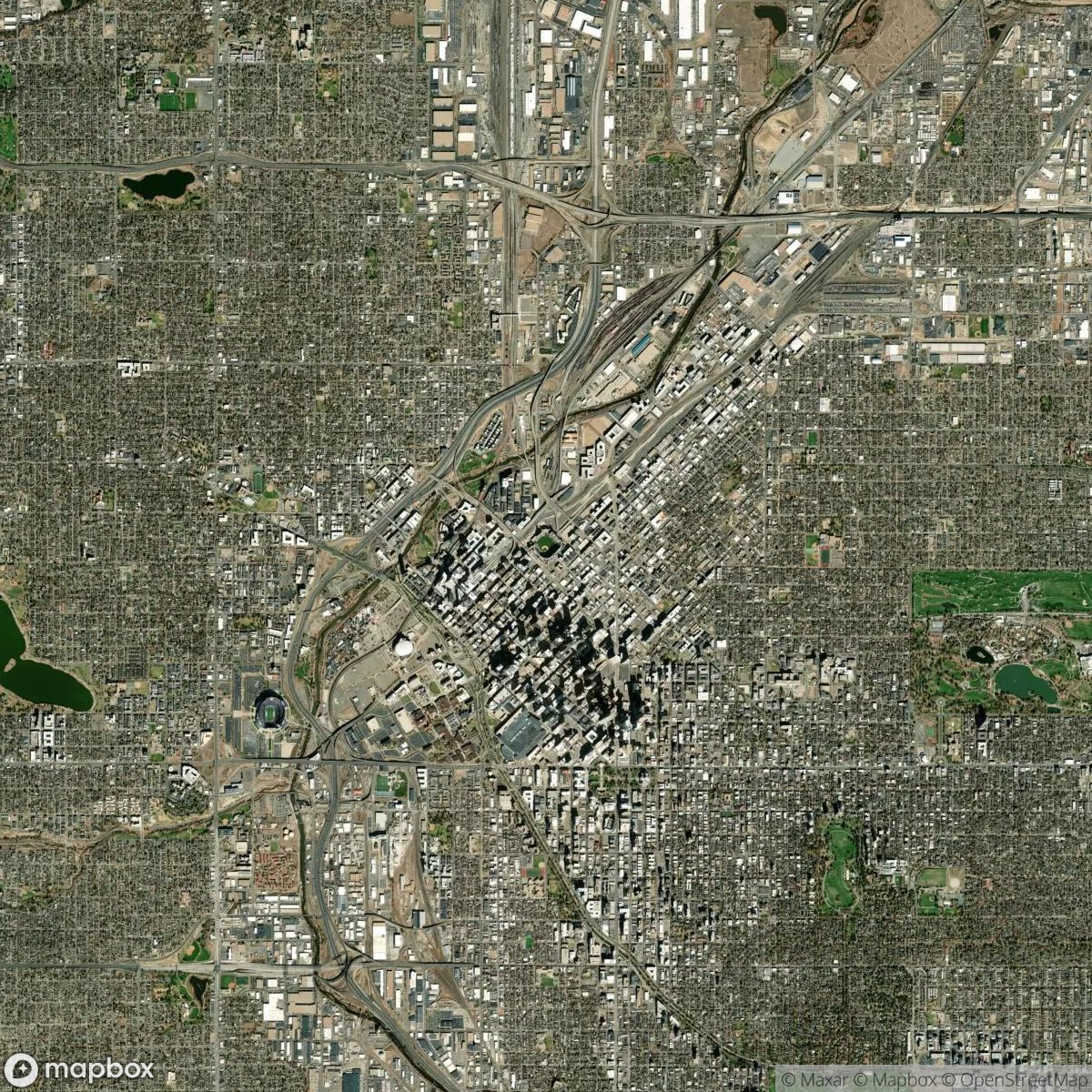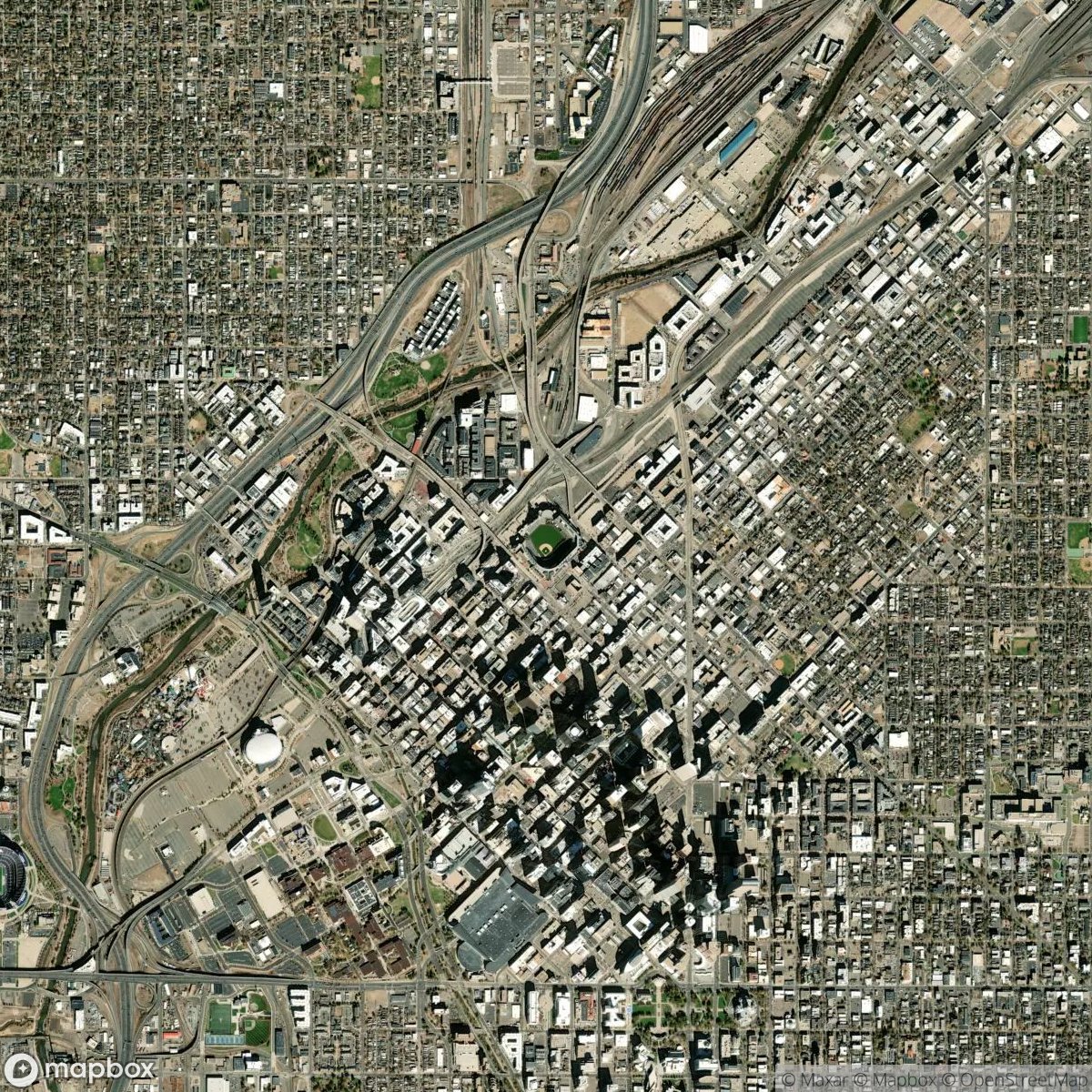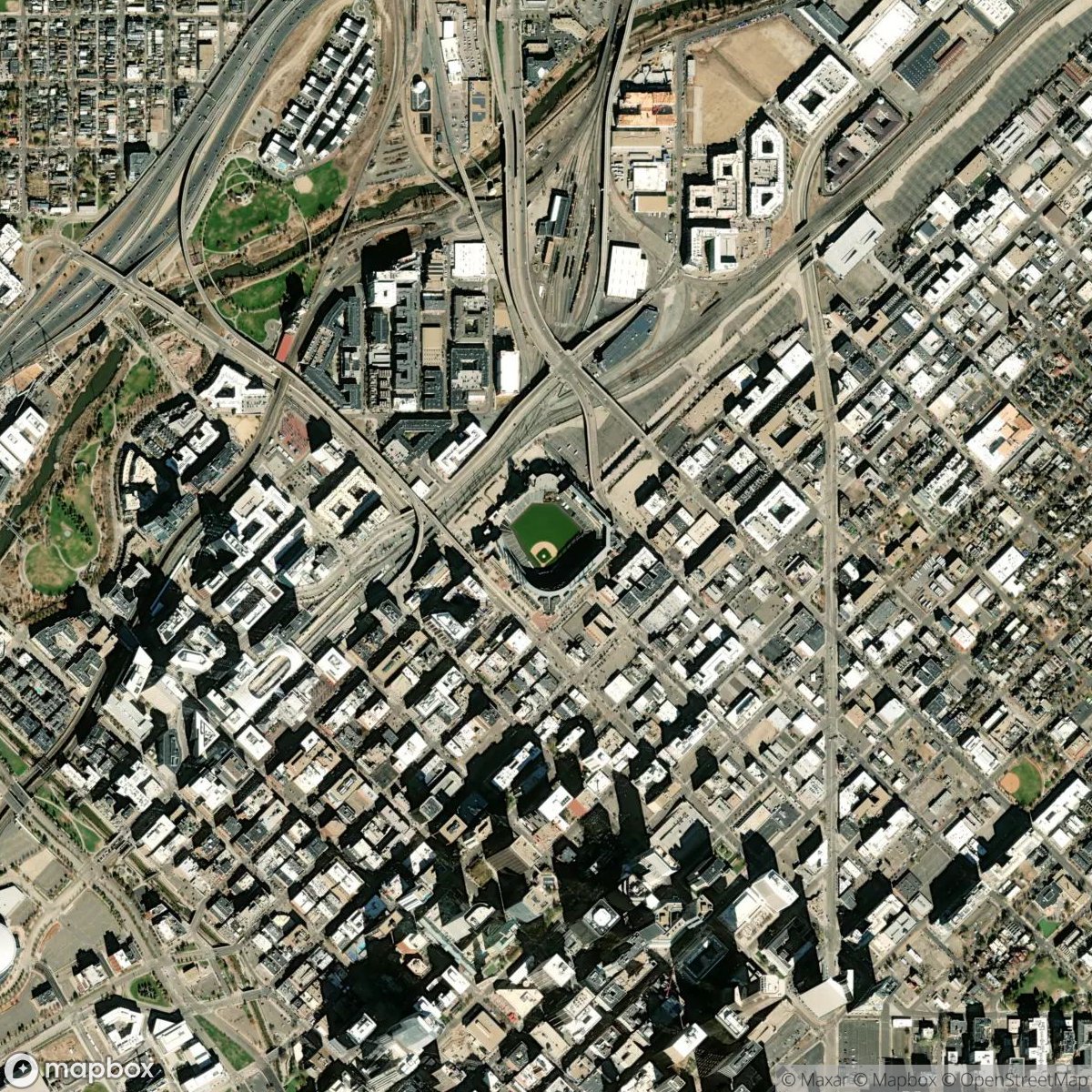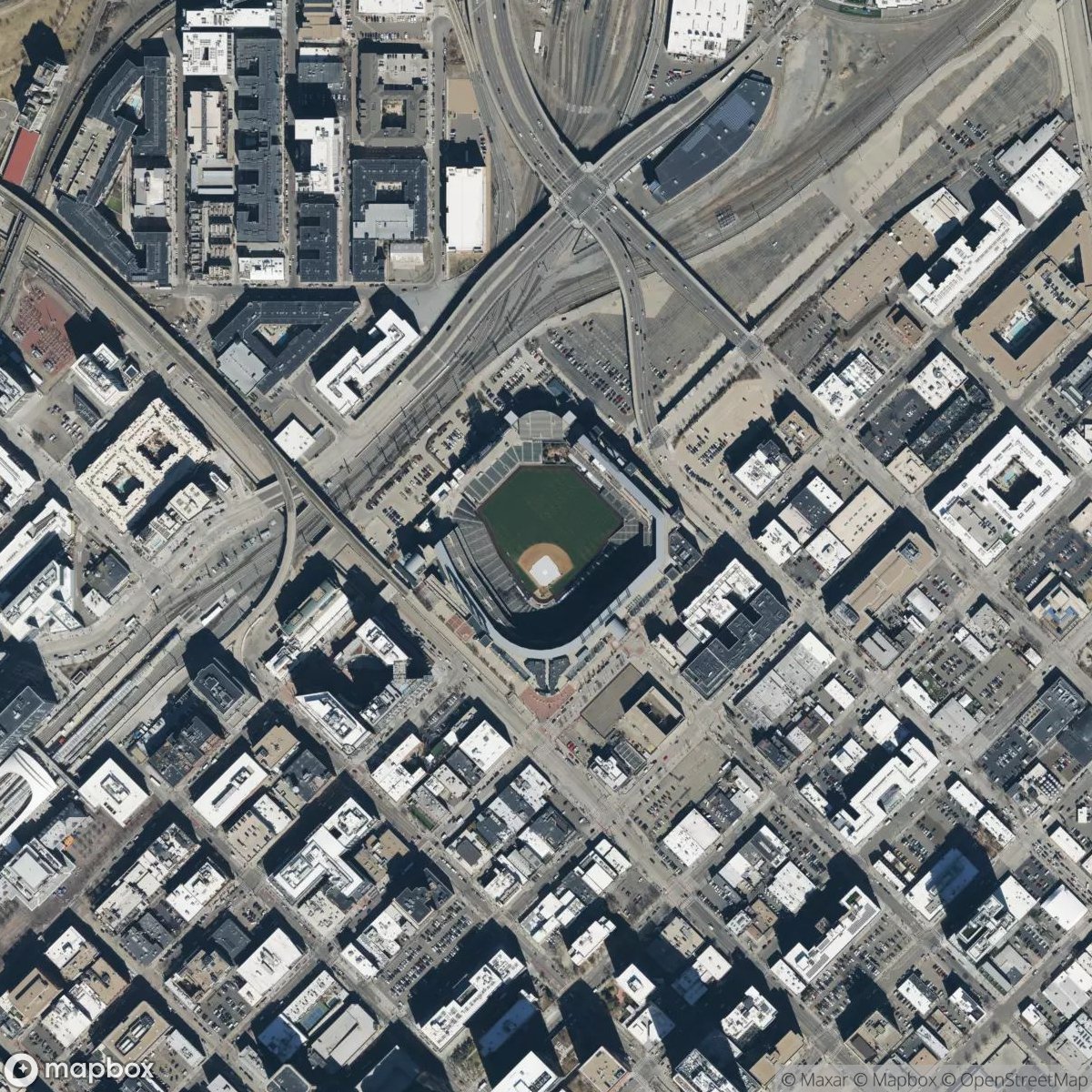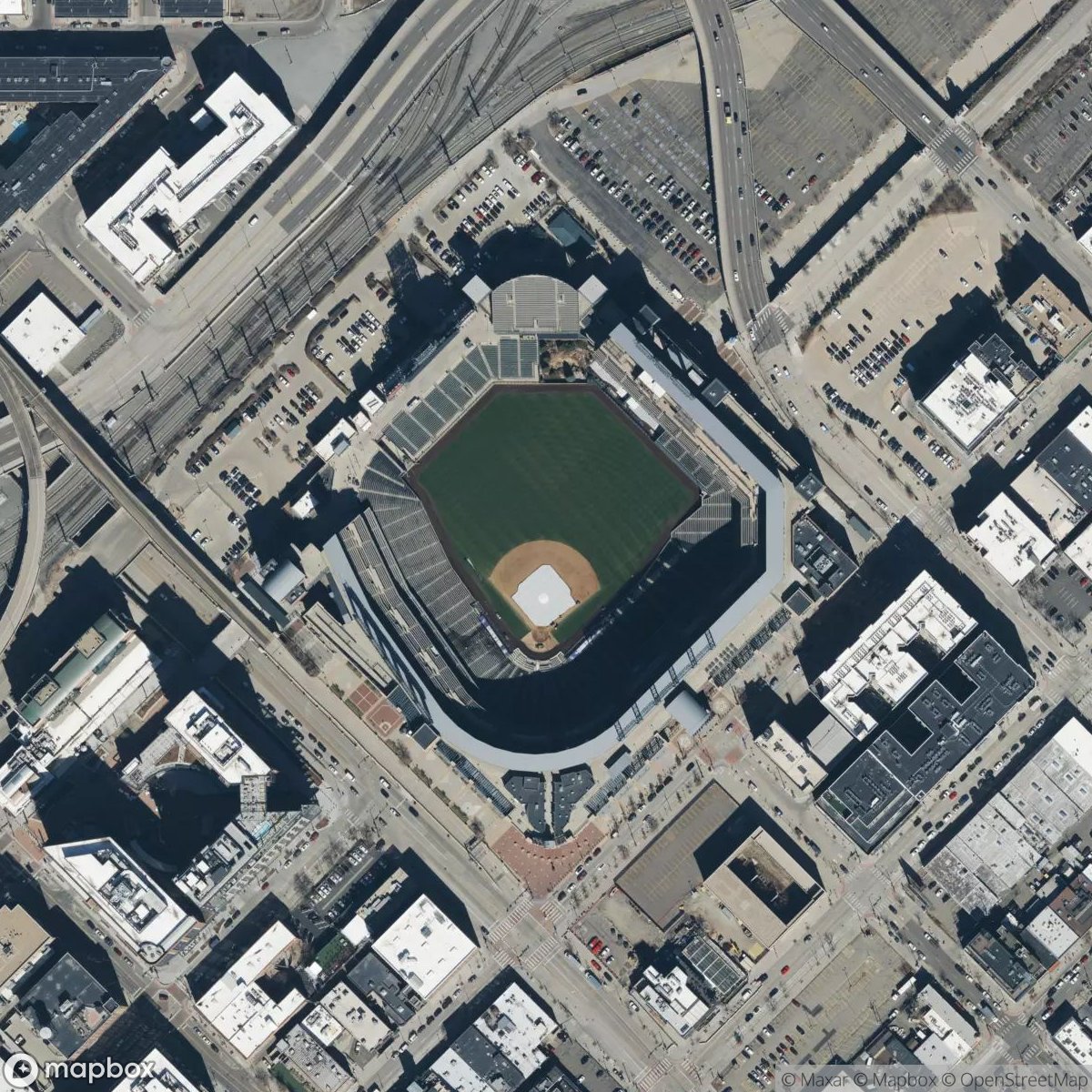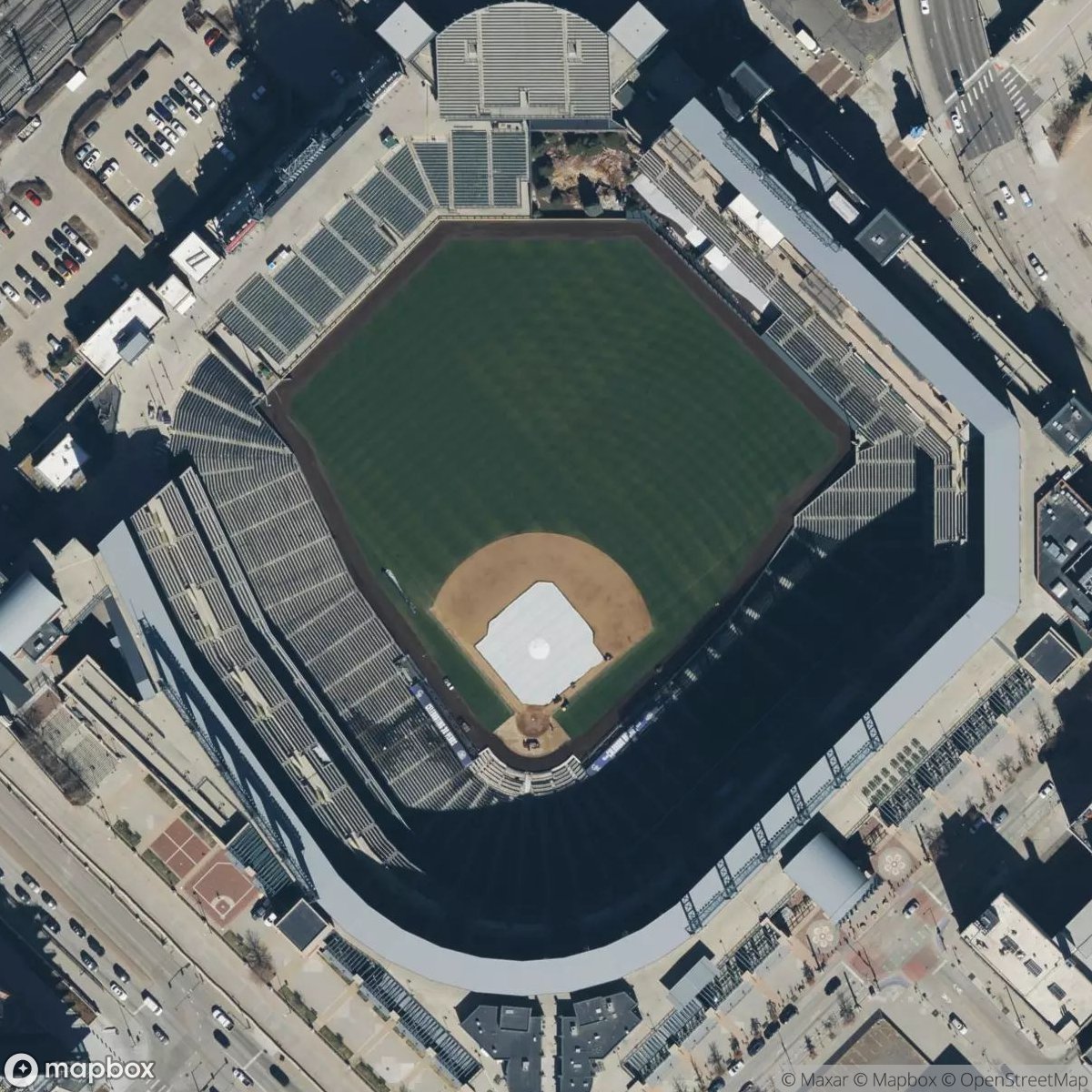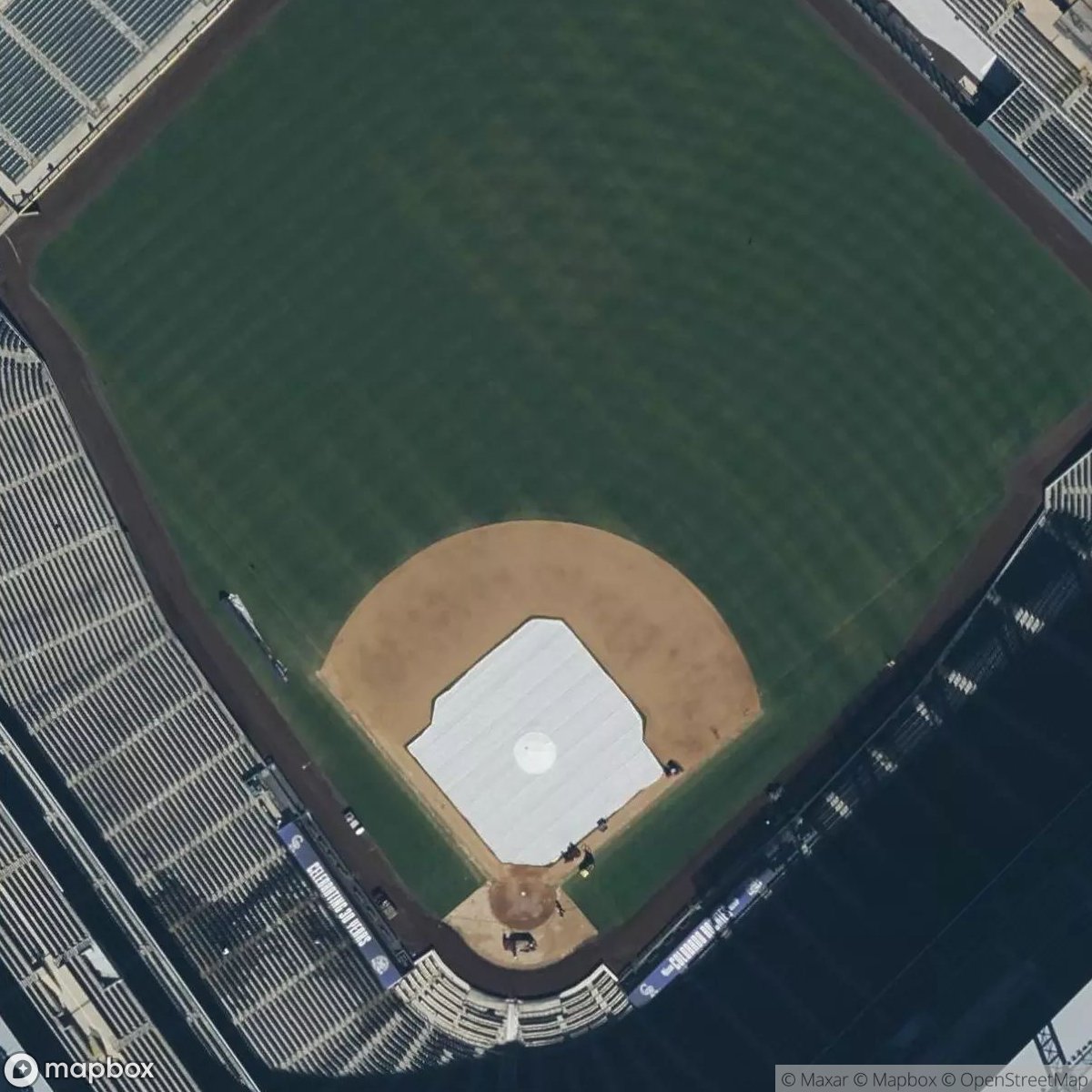Despite its popularity lately, the practice of sports teams selling the naming rights to their home stadiums isn’t new. Usually there’s a tradeoff: the team gets a not insignificant influx of cash for the next few years which they can spend on players, stadium upgrades, or fancy cars for the executives, and in return the company providing the cash gets to name the stadium. The name is agreed upon beforehand, so there aren’t many outright disasters, but the results range from really good to slightly awkward. One of the best fits is Great American Ballpark in Cincinnati, which, apart from sounding a bit braggy, doesn’t sound corporate at all even though it’s named after the Great American Insurance Group. One of the more awkward names, on the other hand, is Progressive Field in Cleveland. Like Great American, its named after an insurance company that’s based locally, but the name obviously doesn’t have the same ring to it, and it doesn’t help that Progressive Field went by Jacobs Field for the first 13 years of its life.
So maybe it’s the fact that Coors Field has never known any other name, or maybe the Coors commercials on TV are that effective at equating the Rocky Mountains with their brand, but the name Coors Field is a perfect fit for the home of the Colorado Rockies, in Denver, CO. I recently had the opportunity to visit Denver to attend Gophercon, and there was no way I was leaving Denver without visiting Coors Field.
My hotel was about a mile from Coors Field and so I walked from there to the stadium. There’s a nice light rail through downtown Denver but oddly it doesn’t stop within a half mile of Coors Field. But it was a reasonably pleasant walk and the neighborhood around Coors Field was vibrant and active with a bunch of sports bars and restaurants, many with rooftop seating which would have provided a great view of the fireworks show after the game.
This was the first MLB game I’ve attended this year, so it was my first experience with mandatory metal detectors as you enter. I’m really not a fan of this, and some security experts have said that being in the line outside the security checkpoint probably makes you more vulnerable than you would be in the stadium normally, but the Coors Field people handled it as well as they could. Once I got in, I quickly found my seat and was greeted with this view:
I tend to like seeing the city skyline behind the outfield, but while Coors Field made the conscious choice to face the stadium away from the skyline, I’m glad they did. The vista beyond the outfield wall seems to go on for miles, and although I didn’t have the ideal view from my seats, the mountains were visible and spectacular from my vantage point. It’s worth pointing out that unlike a city skyline, the mountains would be mostly invisible after dark, and maybe that’s one of the reasons the Rockies tend to start games at 6 PM local time or earlier rather than the usual 7 PM. (Another reason might be to match up with the central time zone games.)
The stadium itself is almost cookie-cutter in this era of retro modern ballparks, but I did like the landscaped bullpens and rock formation in center field, and the center field bleachers would be a pretty cool place to watch a game.
I’m not sure if starting early is a new development, but the Rockies fans didn’t seem to be used to it and it seemed like most of them weren’t in their seats by first pitch. It was a big crowd (48,254) for a team that’s in last place in the NL West, so I guessed most of the crowd was there for the fireworks show after the game. The game itself wasn’t anything spectacular, a 5-3 win over the visiting Braves, further extending the home team’s dominance during my ballpark visits.
After the third inning I got up to walk around the stadium a bit, which is one of my favorite parts of any ballpark visit. But this time it was laborious. This was my first visit to Coors Field, so it may not be like this every night, but the night I was there the concourses were packed. The never-ending lines for concessions didn’t really have any order to them and snaked throughout the concourse so it was hard to tell who was in line and who was trying to walk. Trying to get food was a chore as well, because the concession workers didn’t seem prepared for the crowds of people they were dealing with.
All of this would have been forgivable: you can’t blame the stadium for being too crowded, and maybe the concession workers were just having a bad night. But it got worse.
I can’t remember the last time I was in a ballpark with a smoking area. I know for a fact Progressive Field is a non-smoking facility (thanks to an Ohio law), but maybe other stadiums I’ve visited more recently have had smoking areas that I’ve just not seen or noticed or remembered. That’s not possible at Coors Field. One reason is that there are signs indicating what kind of smoking you’re allowed to do that makes you remember what state you’re in, but the main reason is that smoking areas, particularly on the upper level, are everywhere. On the upper level it’d almost be less work marking the non-smoking areas instead, because even though smokers are in smoking areas you can still smell smoke all throughout the concourses.
The smoking areas aren’t taking up many views of the field itself, but some of them have nice views of downtown or the mountains to the west, and all of them are taking up space that, if freed, would make the concourse feel a lot less claustrophobic even if it was crowded. I found myself thinking how ridiculous it was that it was 2015 and there were still smoking areas like this in a public space. I don’t know if Coors Field has ever tried to get rid of them entirely, and was met with outrage, or if they’ve never even considered it, but the park would be a lot nicer without them.
Walking around the stadium, I wandered up to The Rooftop, a big bar/social area occupying the entirety of the third deck in right field. This is apparently a new feature in the last couple years, one that Progressive Field has emulated this year. There was a lot of seating, a big bar, and a long railing to lean on to watch the game, but on this crowded night the only space you could get to breathe was (of course) in the smoking area, so I didn’t hang around there for long.
The concourses themselves are decorated with banners commemorating what little history exists in the Rockies franchise. They’ve only made one World Series appearance, and three total playoff appearances, so they augment their sparse team history with personal achievement awards from MVPs (like Larry Walker in 1997) to batting titles (like Justin Morneau in 2014) to managers of the year (like Don Baylor in 1995).
Around the lower deck offered some nice views of the field and like Progressive Field, you can walk around the entire lower deck without missing a pitch. For whatever reason, however, the left field area was only open to people with tickets to the left field area, which I thought was pretty stupid. Jacobs Field used to do this way back in the day (I’m not sure why, I guess to keep people with upper deck tickets from upgrading to bleacher seats?) but they’ve long since abandoned that approach too. And again, this might have only been a temporary measure because of the size of the crowd, but it was still really annoying.
This is only tangentially related, but I thought it was funny. I mostly took the stairs when I was moving between decks because it was one of the least crowded areas of the ballpark, but I walked by a couple escalators. At the bottom of the escalators, there were signs that said, “This escalator only goes UP”. They weren’t temporary signs, so maybe they were just covering their legal bases, but I liked to think that there were some nights earlier in Coors Field history where there was some confusion with fans trying to ride down an up escalator, and I smiled at the thought of some executive somewhere saying, “man, we really need to put some signs up or something.”
Coors Field really does have a lot going for it. It’s a great stadium, in the middle of a vibrant downtown, with natural views of unparalleled beauty. The Rockies are having a bad year this year, but they’ve been competitive recently and they still boast some marquee talent. But it’s the stuff like the smoking areas and arbitrary gates that kept me from enjoying the experience as much as I might have otherwise. But don’t let that discourage you entirely: that view of the mountains is worth the trip.
More of my pictures from my trip to Coors Field are available here.
